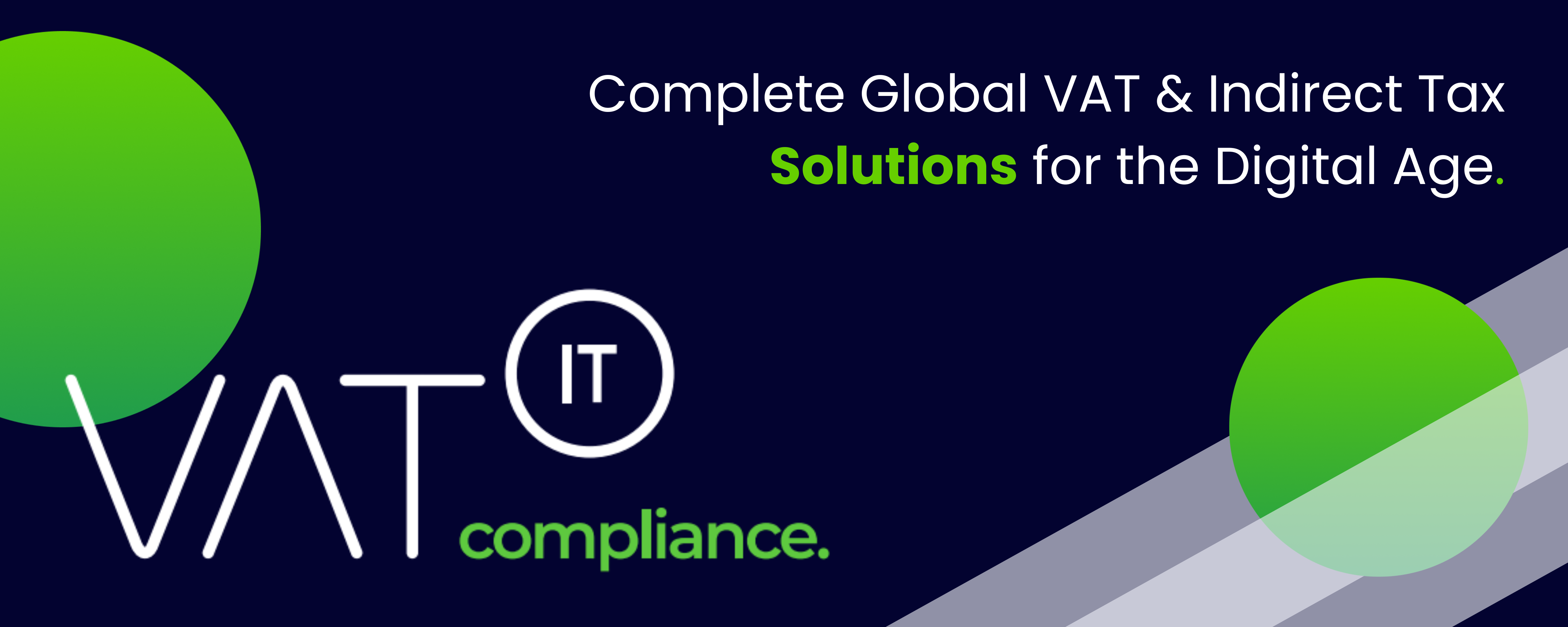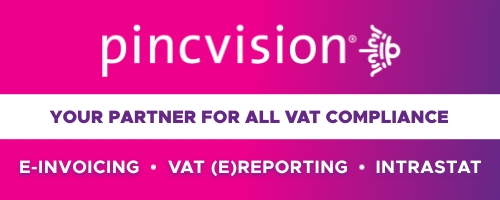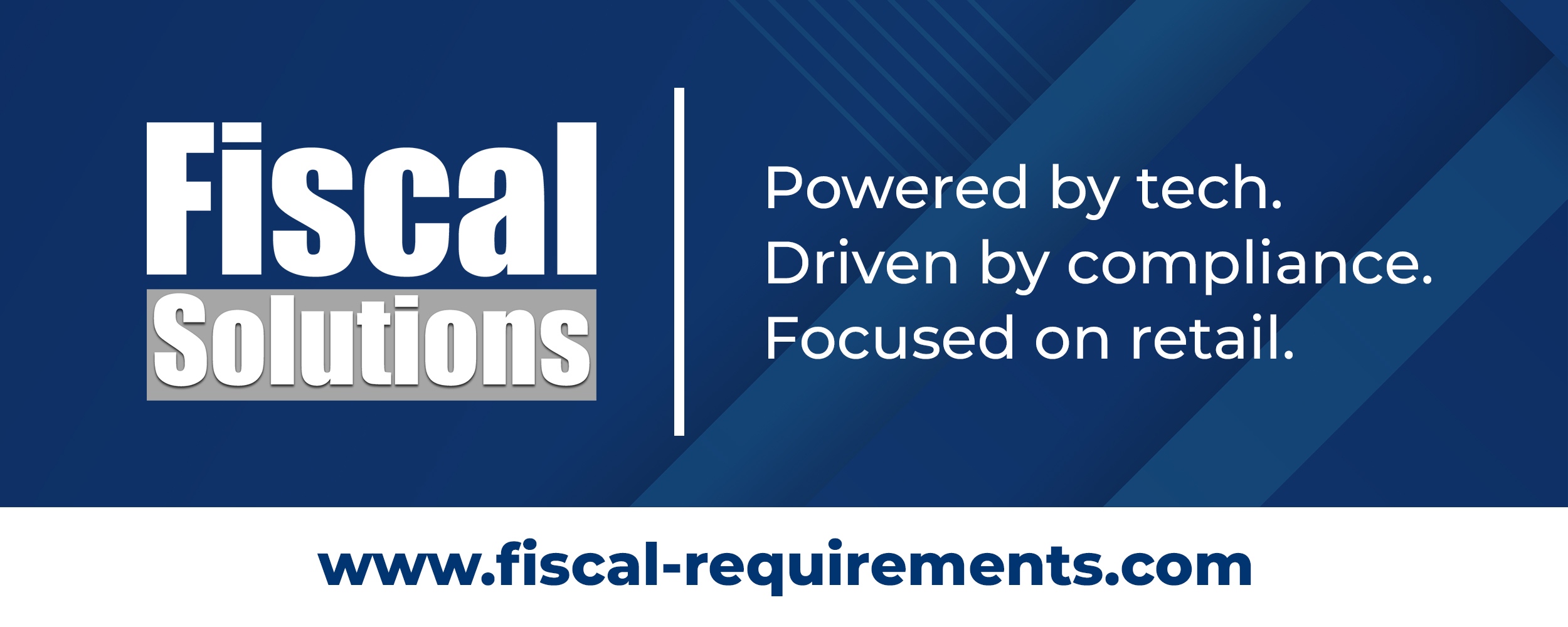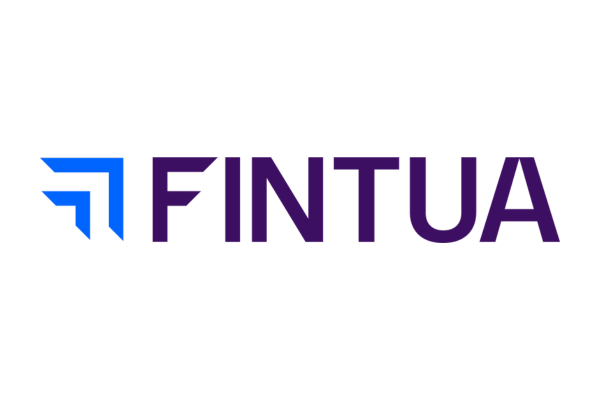On 8 December the European Commission (“EC”) launched its long-awaited proposals to modernize the VAT rules within the EU collectively known as “VAT in the Digital Age package” (“ViDA”). Note that is still a PROPOSAL subject to change.
ViDA has 3 pillars:
- Digital Reporting Requirements (DRR)
- Platform Economy
- Single EU VAT Registration
E-invoicing will be the general rule for the issuance of invoices: Articles 217, 218 and 232
The proposal changes this situation, providing in Article 218 that electronic invoicing will be the default system for the issuance of invoices. The use of paper invoices will only be possible in situations where Member States authorise them. This authorisation cannot cover those cases that are subject to the reporting obligations in Chapter 6 of Title XI, as that would prevent or create difficulties for the automatic reporting of the data. Taxable persons will always be allowed to issue electronic invoices according to the European standard. This standard is the one adopted by the Commission Implementing Decision (EU) 2017/1870 according to the request laid down in Directive 2014/55/EU. The issuance and transmission of electronic invoices cannot be conditional on a prior authorisation of validation by the tax authorities of the Member State in order to be sent to the recipient. Several Member States have been granted a special measure to apply mandatory e-invoicing, where such clearance systems have been implemented. These systems can only be applied by those Member States up to 1 January 2028, ensuring the convergence with the EU digital reporting system.
Article 218 – APPLICABLE AS OF JAN 1, 2028
- For the purposes of this Directive, invoices shall be issued in a structured electronic format. However, Member States may accept documents on paper or other formats as invoices for transactions not subject to the reporting obligations laid down in Title XI Chapter 6. Member States shall allow for the issuance of electronic invoices which comply with the European standard on electronic invoicing and the list of its syntaxes pursuant to Directive 2014/55/EU of the European Parliament and of the Council. The issuance of electronic invoices by taxable persons and their transmission shall not be subject to a prior mandatory authorisation or verification by the tax authorities.
EUROPEAN STANDARD OF ELECTRONIC INVOICES: EN 16931
- The updated version of Art. 217 & 218 of the EU VAT Directive 2006/112/EC refer to the issuance of electronic invoices which comply with the European standard on electronic invoicing and the list of its syntaxes pursuant to Directive 2014/55/EU of the European Parliament and of the Council.
- This European Standard has been defined in Art. 3 of the Directive 2014/55/EU and following art. 3(2) is published in the Official Journal of the European Union by May, 2017.
- The Commission Implementing decision 2017/1870 of October 16, 2017 on the publication of the reference of the European standard on electronic invoicing and the list of its syntaxes pursuant to Directive 2014/55/EU of the European Parliament and of the Council was published in the Official Journal of the European Commission on October 17, 2017 (link).
- The Commission Implementing decision 2017/1870 refers to: ‘’On 28 June 2017 the European Committee for Standardisation (CEN) issued the European standard EN 16931-1:2017, Electronic invoicing — Part 1: Semantic data model of the core elements of an electronic invoice and the list of syntaxes CEN/TS 16931-2:2017, Electronic invoicing (Link) Part 2: List of syntaxes that comply with EN 16931-1, according to CEN system of classification (Link).’’
For previous chapters in this serie of Articles, see ”All you need to know about ViDA”
Join the LinkedIn Group on ”VAT in the Digital Age” (VIDA), click HERE















